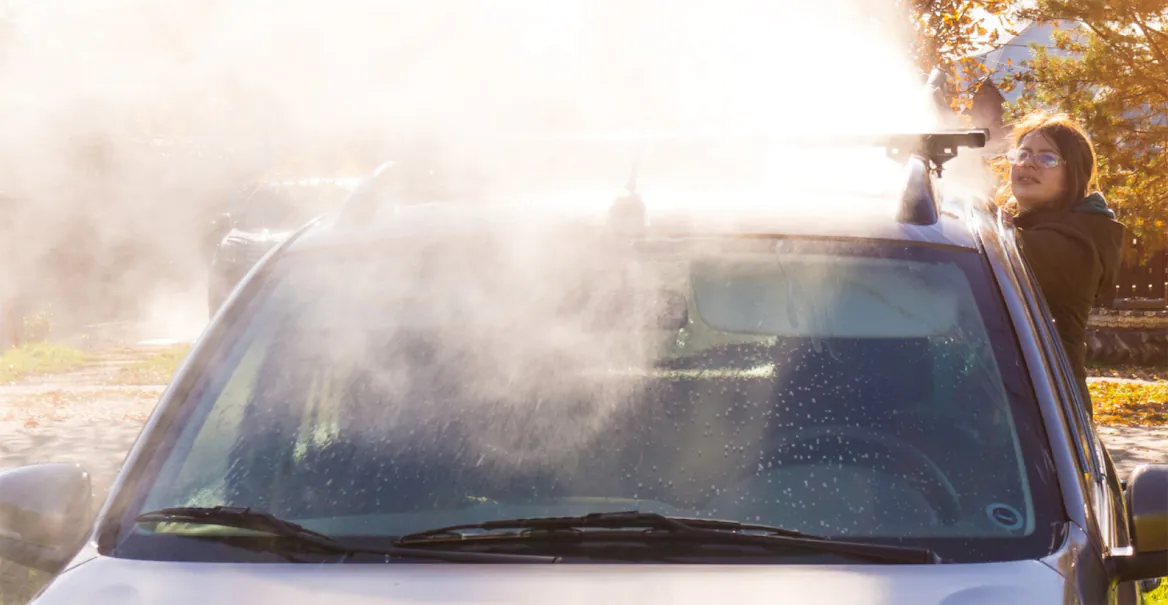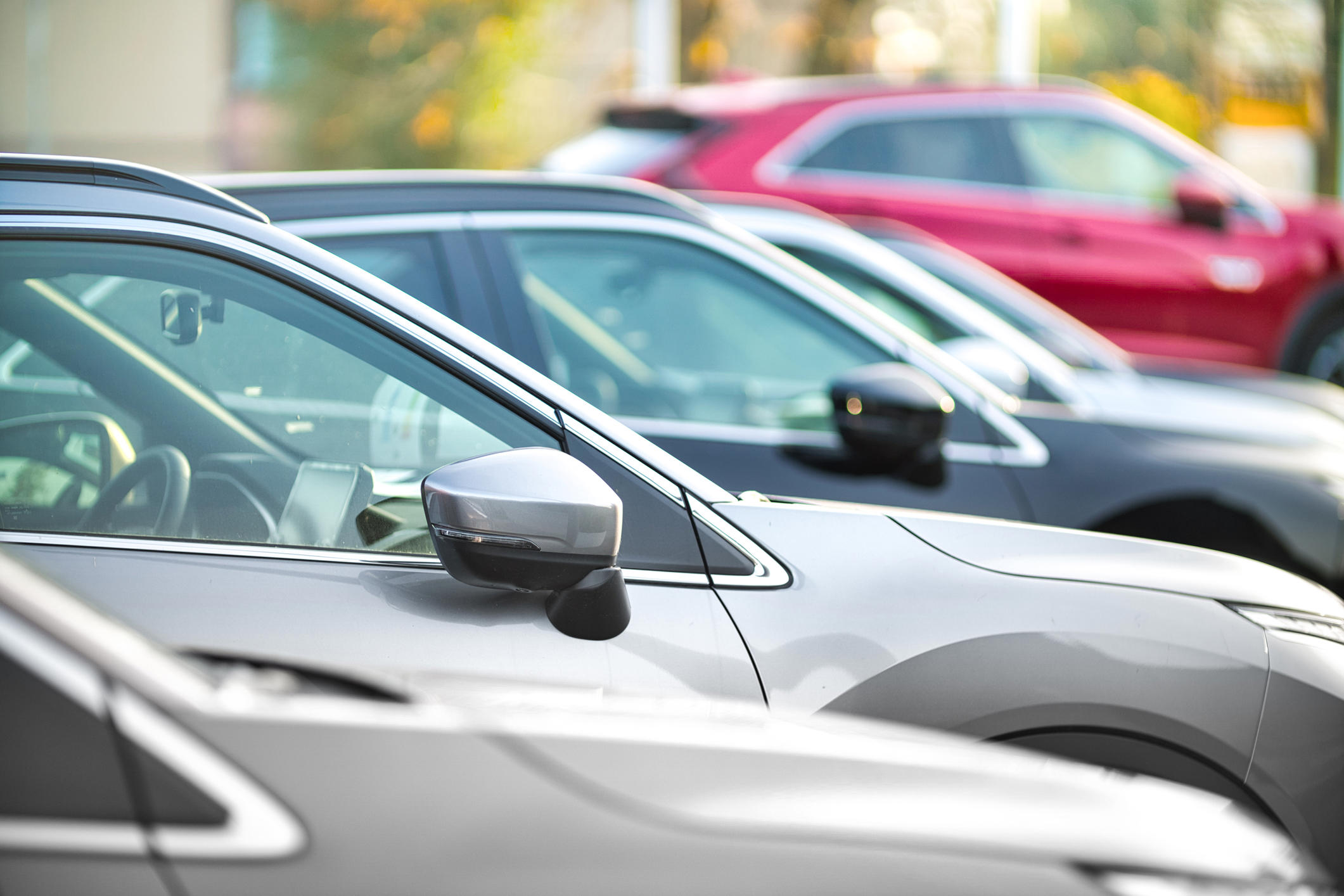Pollen season in California varies across different regions due to the state’s diverse geography and climate. In Southern California, pollen season often begins in late winter or early spring, coinciding with warmer temperatures and blooming vegetation. In Northern California, pollen season may start later in the spring and extend into early summer. During pollen season, trees, grasses, and flowers release pollen grains into the air, creating a yellowish haze and coating surfaces with fine particles.
Protecting your car from pollen damage is essential for maintaining its appearance, performance, and resale value. Regular exposure to pollen can lead to premature aging of the paint and finish, resulting in costly repairs or refinishing down the line. By taking proactive measures to shield your car from pollen during peak seasons, you can preserve its aesthetics and prolong its lifespan.
Understanding Pollen Damage
How Pollen Affects Car Surfaces
Pollen may seem innocuous, but its impact on car surfaces can be surprisingly detrimental. When pollen settles on your car, it doesn’t just sit there harmlessly. Instead, it can become abrasive, especially when combined with other environmental elements like moisture or humidity. As you drive or as wind blows, the pollen particles can rub against the car’s paint, acting like sandpaper and causing tiny scratches and abrasions. Over time, this can lead to a dull, worn appearance, and it can even compromise the protective clear coat on the paint.
Common Types of Pollen in California
California is home to a diverse range of plant species, each with its own unique pollen characteristics. Some of the most common types of pollen found in California include:
Oak Pollen: Oak trees are prevalent throughout California and produce large quantities of pollen, especially during the spring months. Oak pollen is notorious for its fine, powdery texture and can be particularly troublesome for car owners.
Grass Pollen: Grasses are abundant in California’s landscapes, and their pollen grains can easily become airborne, especially on windy days. Grass pollen can vary in size and shape, but it generally has a lightweight, feathery appearance.
Ragweed Pollen: Ragweed is a common allergen in California, particularly in the fall. Its pollen is lightweight and easily dispersed by the wind, making it a nuisance for allergy sufferers and car owners alike.
Effects of Pollen Buildup on Car Paint and Finish
Pollen buildup on car surfaces doesn’t just affect aesthetics; it can also have more serious consequences for the paint and finish. As pollen accumulates on the paint, it can create a sticky film that traps dirt, dust, and other debris. This can lead to a cycle of abrasion, as the trapped particles rub against the paint and cause further damage. Over time, pollen buildup can result in stains, discoloration, and even permanent damage to the paint and finish of your car. Additionally, if pollen is left untreated for extended periods, it can contribute to the growth of mold, mildew, and other harmful organisms, further compromising the integrity of the paint and finish.
Tips for Protecting Your Car from Pollen Damage
Pollen season in California can be a challenge for car owners, but with the right precautions, you can minimize the impact of pollen on your vehicle. Here are some effective tips for protecting your car from pollen damage:
Regular Washing and Waxing
One of the most important steps you can take to protect your car from pollen damage is to maintain a regular washing and waxing schedule. Washing your car removes pollen, dirt, and other contaminants from the surface, preventing them from accumulating and causing damage. Use a gentle car wash soap and soft microfiber towels to avoid scratching the paint. Additionally, applying a coat of wax after washing provides an extra layer of protection, making it easier to rinse off pollen and debris in the future.
Parking in Covered or Shaded Areas
Whenever possible, park your car in covered or shaded areas to shield it from direct exposure to pollen. Parking in a garage, carport, or under a canopy can help reduce pollen buildup on your car’s surfaces. If covered parking isn’t available, look for shaded spots under trees or buildings to minimize pollen exposure.
Using Car Covers or Protective Coatings
Consider using a car cover or protective coating to shield your vehicle from pollen and other environmental elements. A high-quality car cover provides a physical barrier against pollen, preventing it from settling on your car’s surfaces. Alternatively, protective coatings such as ceramic coatings or paint sealants can create a durable barrier that repels pollen and makes it easier to clean your car.
Cleaning Air Filters and Vents
Pollen doesn’t just accumulate on the exterior of your car; it can also infiltrate the interior through air filters and vents. Regularly clean or replace your car’s cabin air filter to prevent pollen from circulating inside the vehicle. Additionally, use compressed air or a vacuum to clean out air vents and ducts, removing any pollen or debris that may have accumulated.
Inside Your Car: Minimizing Pollen Exposure
While protecting the exterior of your car from pollen is important, it’s also essential to minimize pollen exposure inside your vehicle. Here are some effective strategies for keeping the interior of your car pollen-free:
Regular Interior Cleaning
Regular interior cleaning is crucial for removing pollen and other allergens that may have infiltrated your car. Vacuum the seats, carpets, and floor mats regularly to remove pollen particles and dust. Use a soft brush attachment to clean hard-to-reach areas such as air vents, dashboard crevices, and door panels. Wipe down surfaces with a damp microfiber cloth to capture pollen and prevent it from circulating in the air.
Using Cabin Air Filters
Cabin air filters play a vital role in trapping pollen and other airborne contaminants before they enter the interior of your car. Check your vehicle’s owner’s manual to determine the recommended replacement interval for the cabin air filter, and replace it as needed to maintain optimal air quality inside the cabin. Upgrading to a high-efficiency particulate air (HEPA) filter can provide even greater protection against pollen and allergens.
Keeping Windows Closed and Using Air Conditioning
During pollen season, keep your car’s windows closed and rely on the air conditioning system to circulate air inside the cabin. Running the air conditioning with the recirculation mode activated helps filter out pollen and prevent it from entering the car from outside. Set the air conditioning system to recirculate mode and adjust the temperature as needed to maintain a comfortable interior environment.
Additional Precautions during High Pollen Seasons
During peak pollen seasons in California, taking additional precautions can help minimize pollen exposure and protect your car from damage. Here are some extra steps you can take:
Monitoring Pollen Counts
Stay informed about pollen levels in your area by monitoring pollen counts through local weather forecasts or online resources. Knowing when pollen levels are particularly high can help you plan your activities and adjust your car care routine accordingly. Consider limiting outdoor activities on days when pollen counts are elevated, especially if you suffer from allergies or respiratory conditions.
Avoiding Parking Under Trees or Near Flowering Plants
When parking your car, choose spots that are less likely to expose it to pollen. Avoid parking under trees, especially those known to produce large amounts of pollen, such as oak or pine trees. Similarly, steer clear of areas near flowering plants or shrubs, as they can release pollen into the air and onto your car’s surfaces. Opt for open parking spaces away from vegetation whenever possible.
Using Pollen-Reducing Products and Treatments
Consider using pollen-reducing products and treatments to further protect your car from pollen damage. There are various products available on the market, such as pollen-blocking sprays or coatings, that can create a barrier between pollen and your car’s surfaces. These products can help repel pollen and make it easier to clean your car, reducing the risk of damage to the paint and finish.









